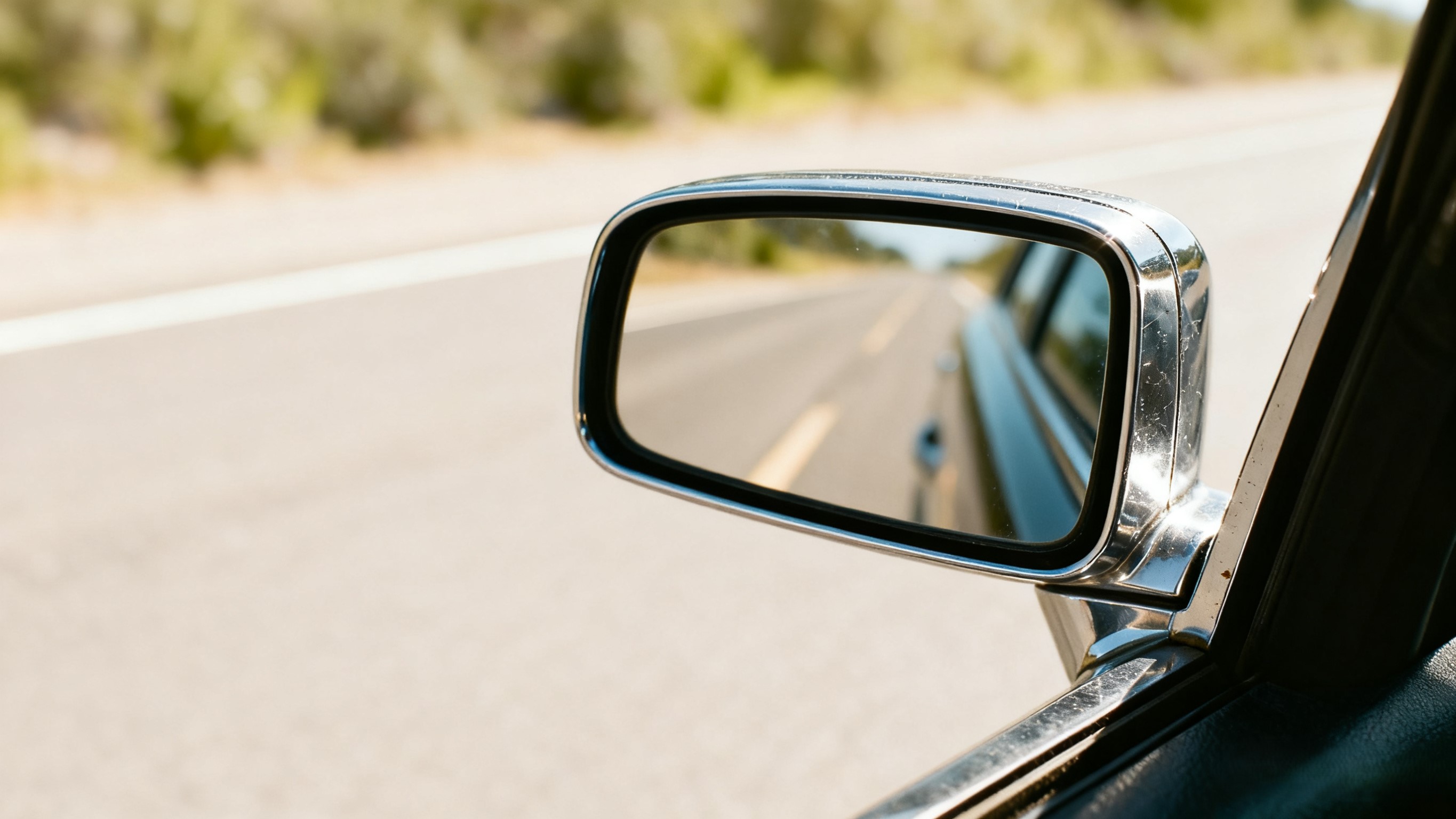



The rearview mirror, a seemingly simple pane of glass, is one of the most critical safety features in any vehicle. It is the driver's unblinking eye, constantly monitoring the world behind and beside the car. But its journey from a rudimentary accessory to a sophisticated electronic hub is a story of relentless innovation in the pursuit of safety.

The Humble Beginnings: A Race-Inspired Necessity
The invention of the rearview mirror is widely attributed to Dorothy Levitt, a pioneering British racing driver and author. In her 1909 book, "The Woman and the Car," she advised female motorists to keep a small hand mirror in their car to occasionally hold up and see what was behind them. This clever hack laid the foundational concept.
However, it was in the crucible of competitive racing that the mirror was first formally integrated into a vehicle. In the 1911 Indianapolis 500, racer Ray Harroun mounted a mirror on the dashboard of his Marmon Wasp to see approaching competitors, eliminating the need for a dedicated spotter (a mechanic who would ride along to watch for overtaking cars). This single innovation is often cited as the birth of the modern rearview mirror, proving its immense value for situational awareness.
The Era of Manual Adjustment
For decades, the rearview mirror remained a fundamentally manual device. The interior mirror was a simple piece of flat glass mounted on a swiveling ball joint. Adjusting it required the driver to physically push and pull the mirror housing into the correct position—a often frustrating task that had to be performed before setting off and sometimes corrected during a journey.
Exterior side mirrors, introduced later, faced even greater challenges. Initially, they were mounted on fragile metal arms and required manual pushing from the outside. Drivers or passengers had to physically push the mirror housing, often guessing the correct angle. Later, cables and knobs were introduced, allowing the driver to adjust the mirror from inside the cabin via a clumsy mechanical linkage. While an improvement, these systems were often imprecise, prone to failure, and vibrated excessively, causing a blurred image.
The Electronic Revolution: Convenience and Precision
The late 20th century marked the beginning of a significant shift: electrification. The first major breakthrough was the power-adjustable side mirror. Instead of knobs and cables, small electric motors were installed within the mirror housing. The driver could now adjust both left and right mirrors with the simple push of a button or toggle a joystick on the door panel, achieving far greater precision without ever rolling down a window.
This technology quickly evolved to include memory functions. Paired with power seats, the system could remember the preferred mirror (and seat) positions for multiple drivers, automatically adjusting them at the touch of a button. This integration highlighted a new era of driver-centric convenience and customization.

The Gateway to Advanced Features
Electrification did more than just add convenience; it created a platform for further innovation. By wiring the mirror for power, engineers opened the door to a host of new technologies:
The evolution from a hand-held mirror to an electronically controlled node was complete. The stage was now set for the next radical leap: the complete replacement of the glass mirror itself with a camera and screen.